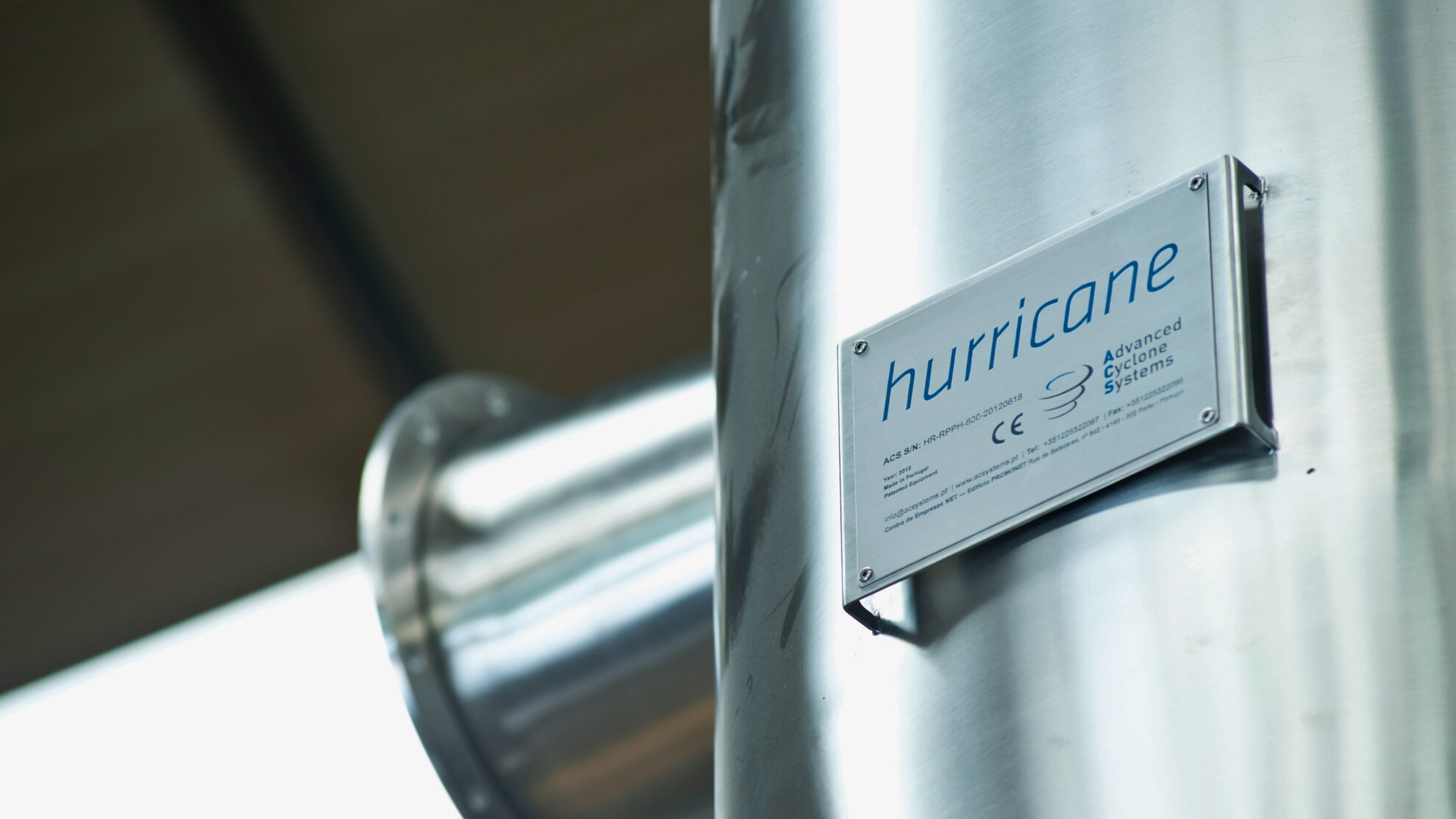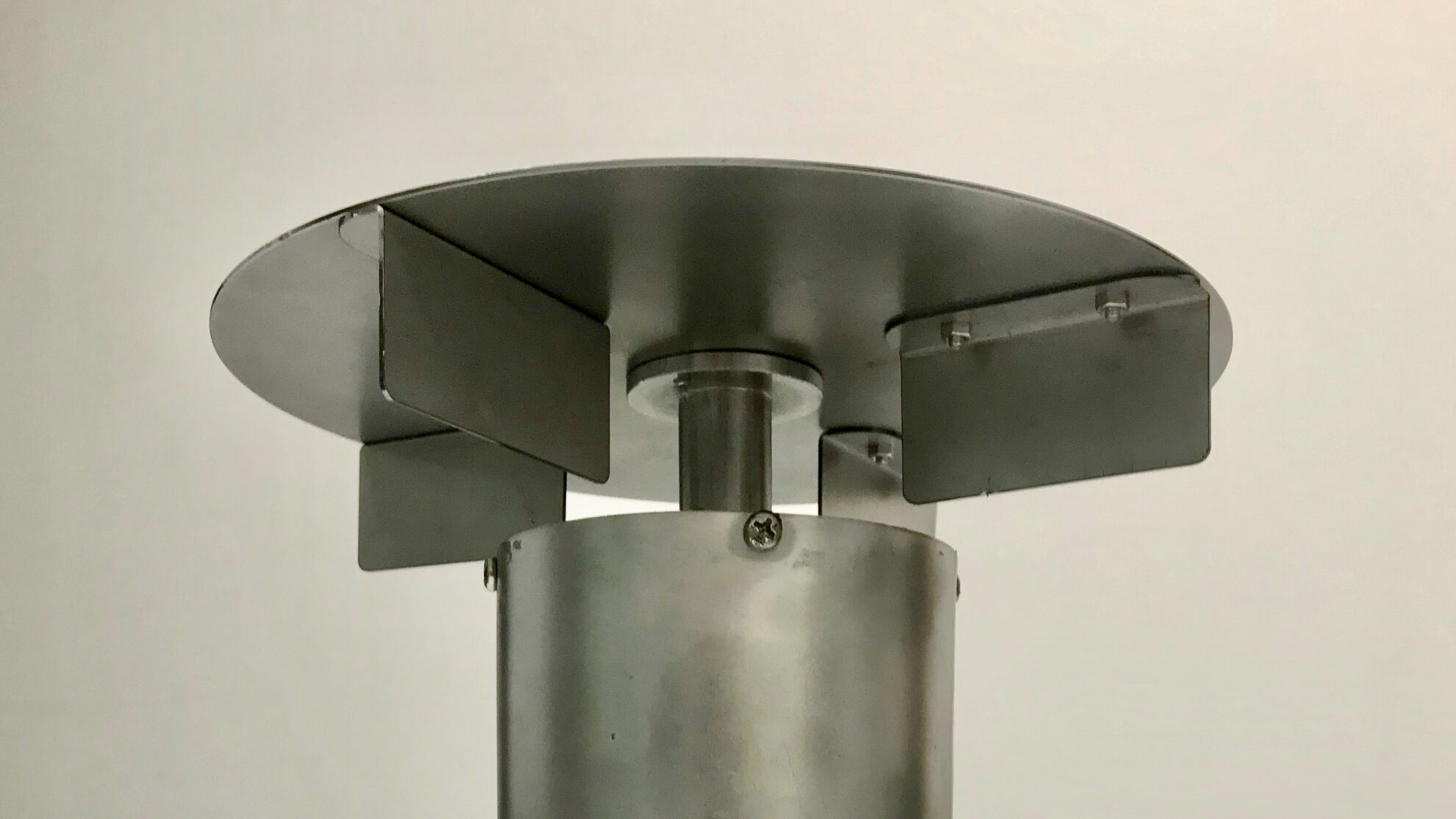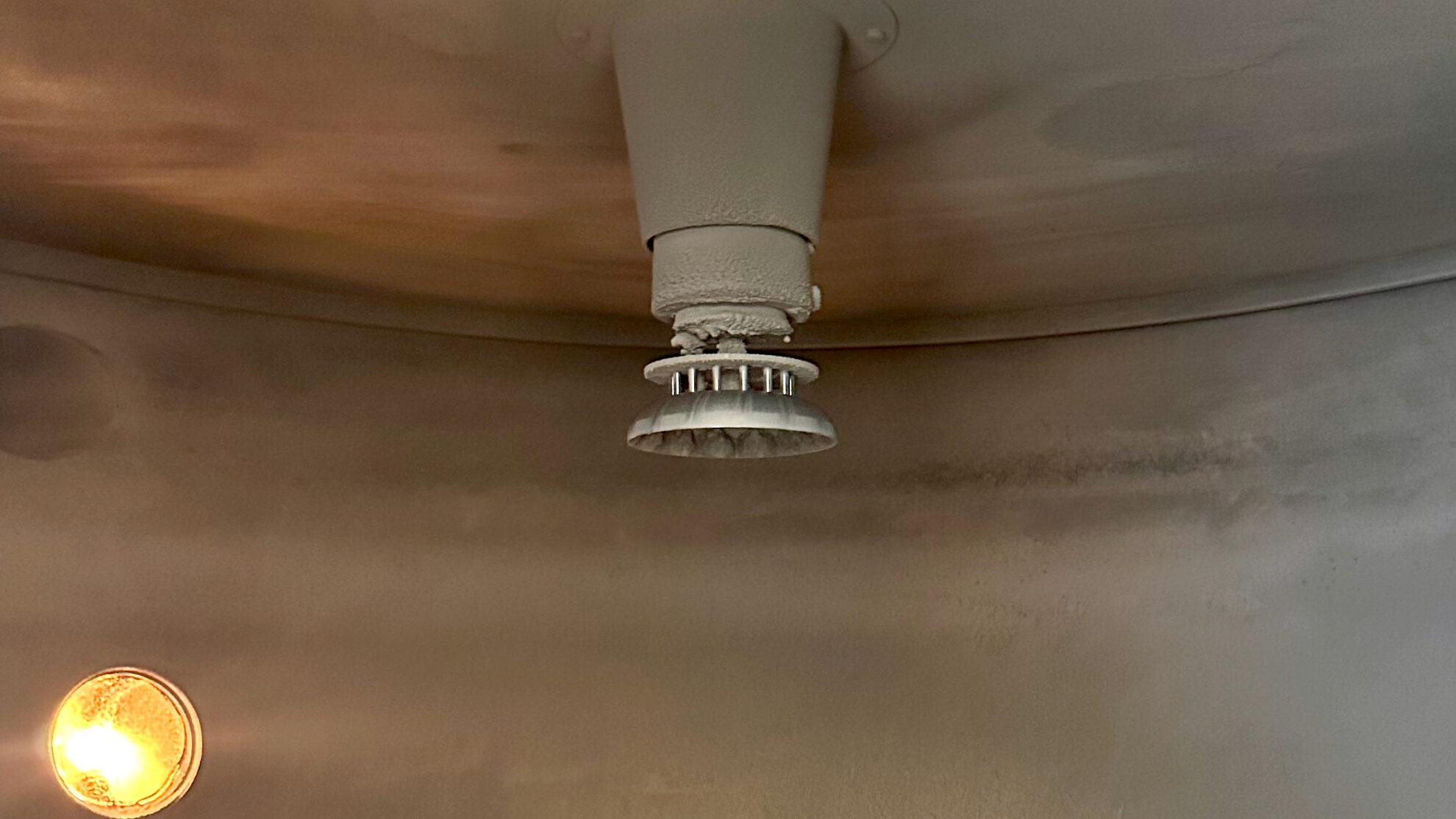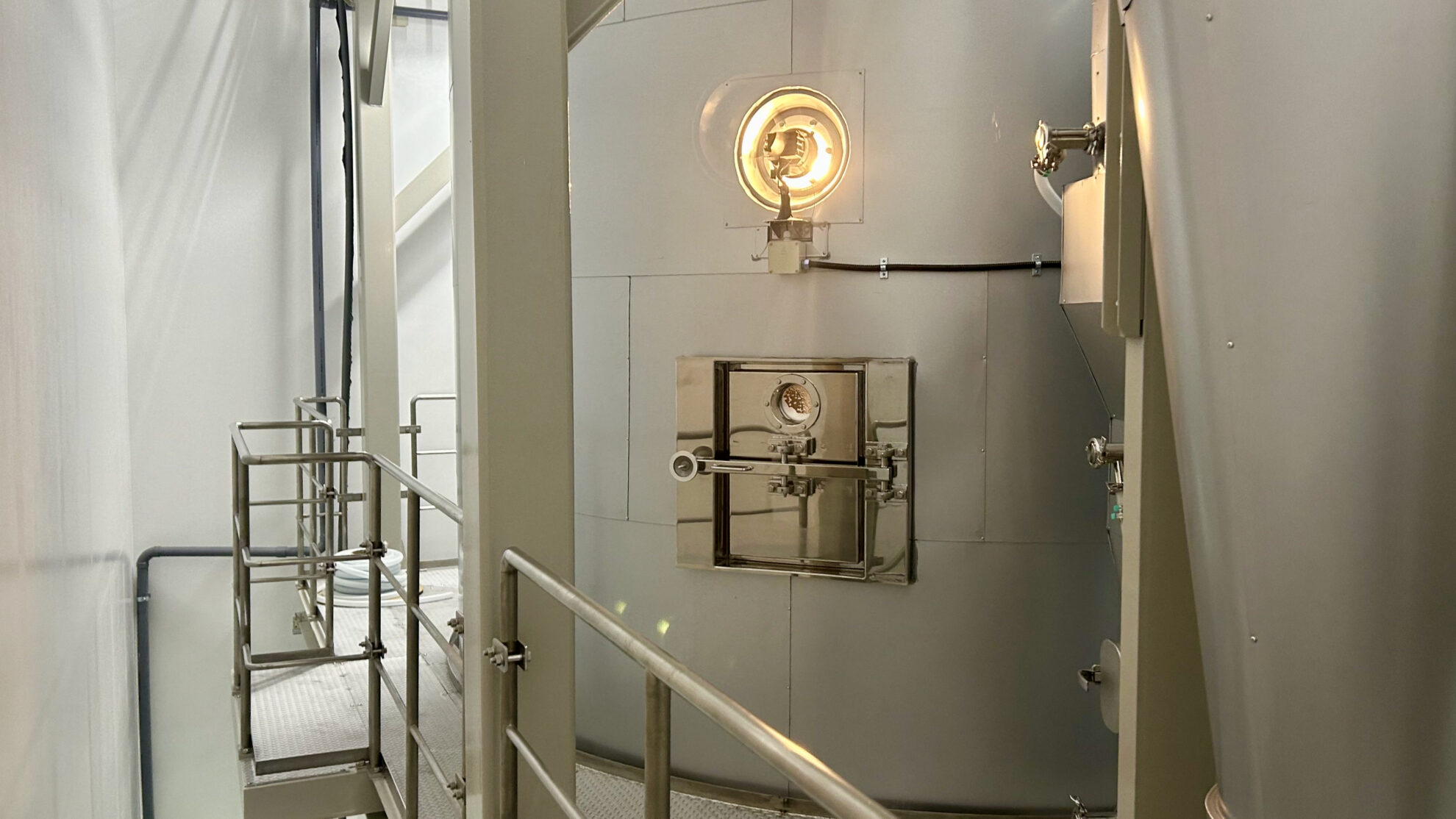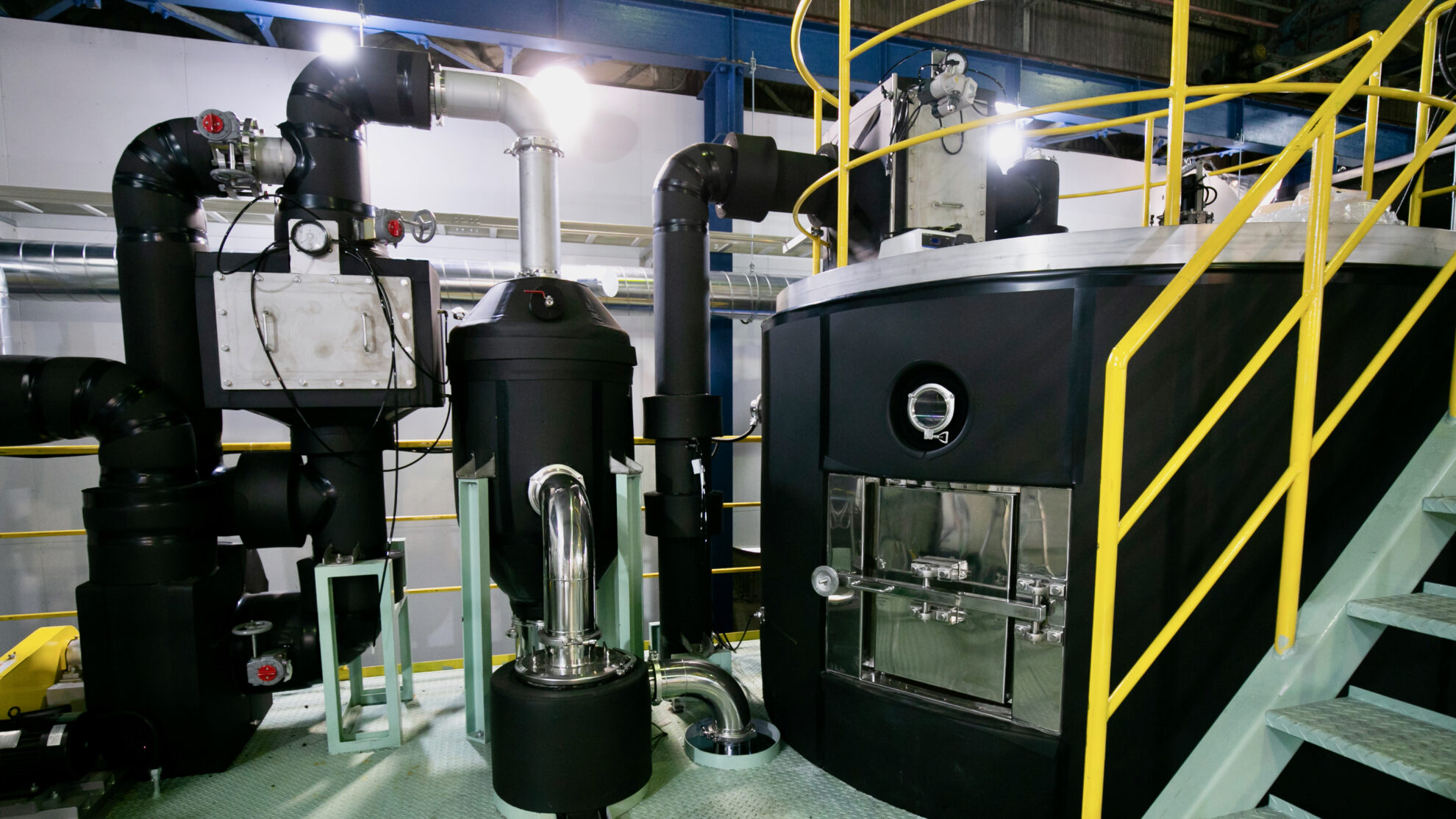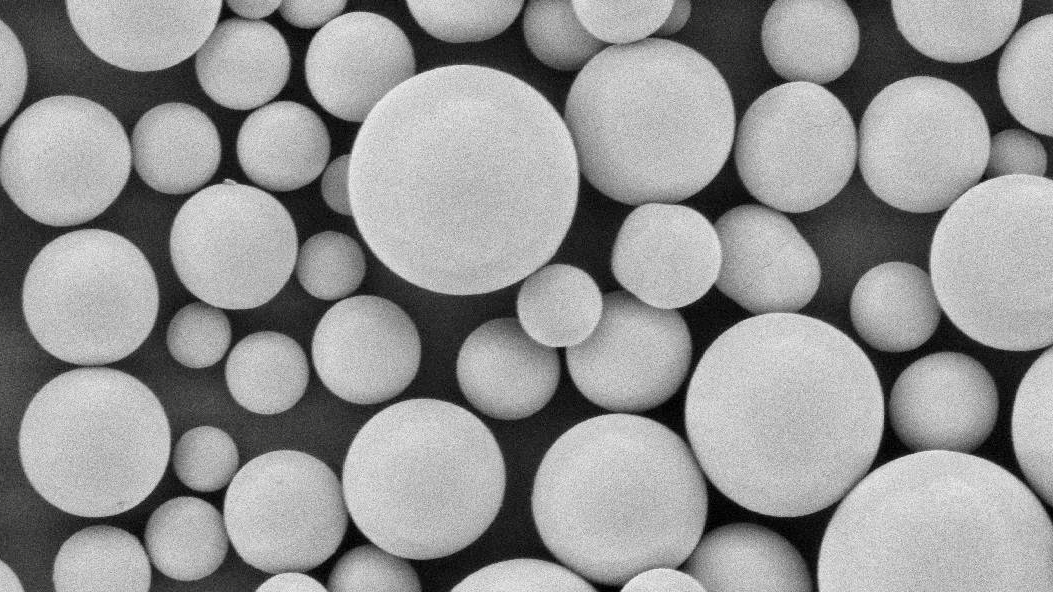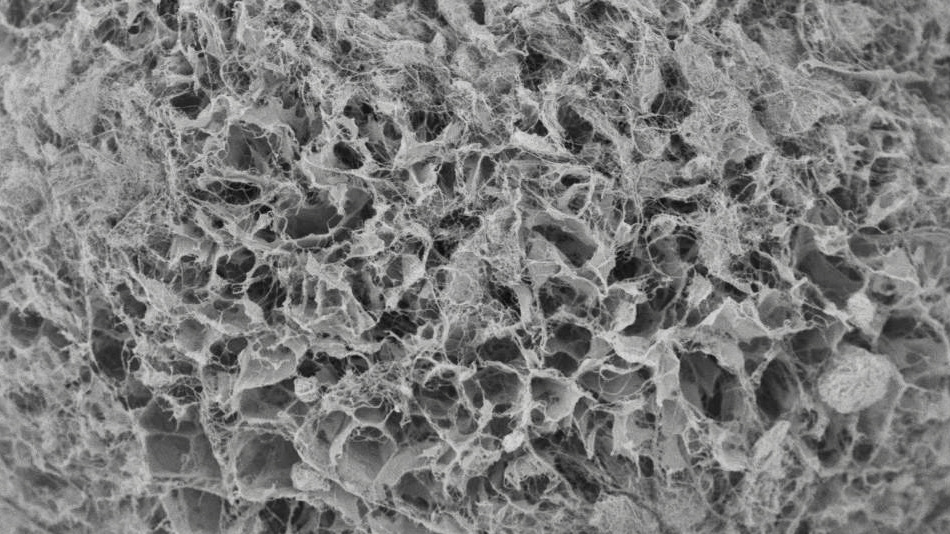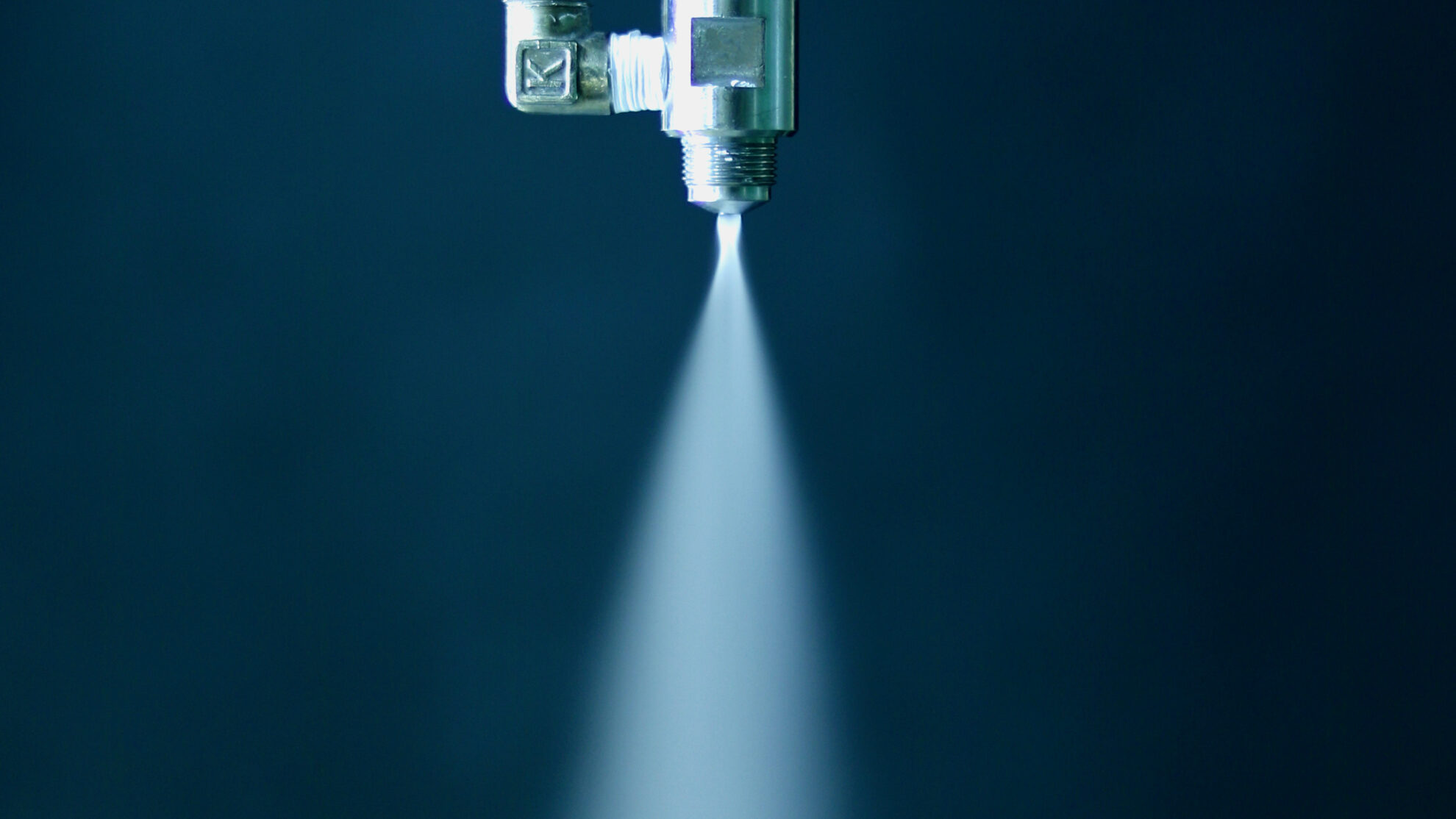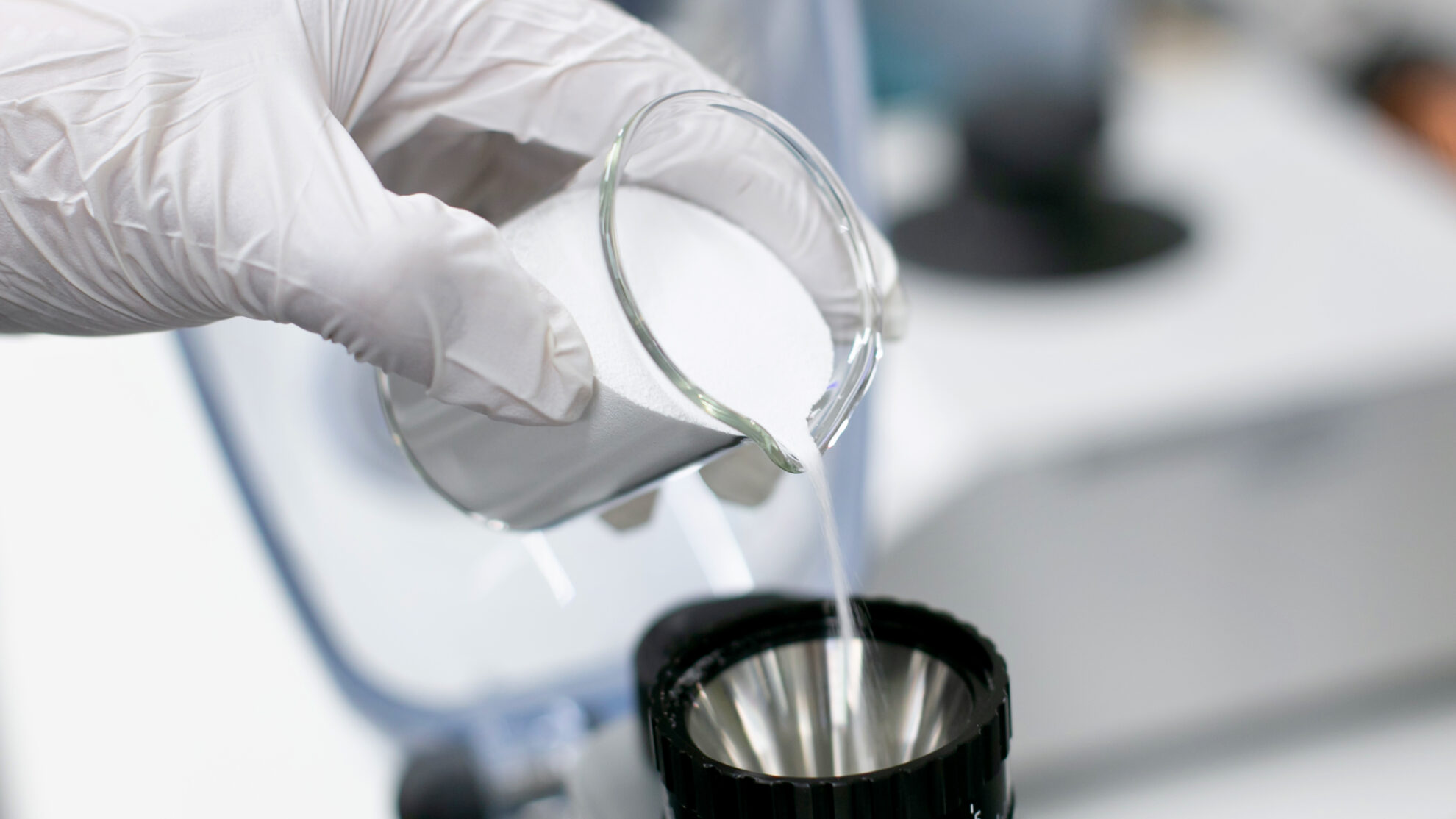Particle separation and recovery is required in processes such as drying, grinding, and classification in organic and inorganic chemistry. Applications include pigments, dyes, phosphorus- and potassium-based fertilizers, metal hydroxides and oxides such as lithium hydroxide and zinc oxide, carbides such as tungsten carbide, and plastics.

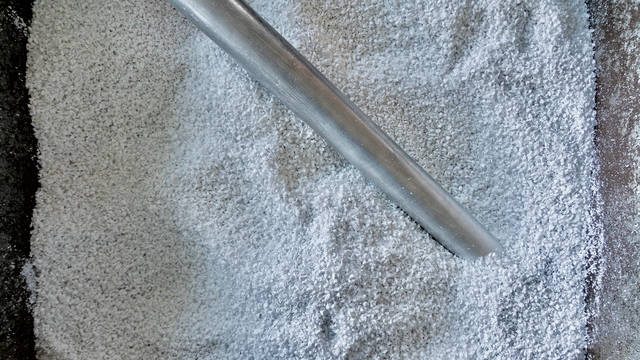
In drying processes such as fluidized bed dryers, spray dryers, rotary dryers, and flash dryers, various problems can arise in separating and recovering powder products.
Fluidized bed dryers
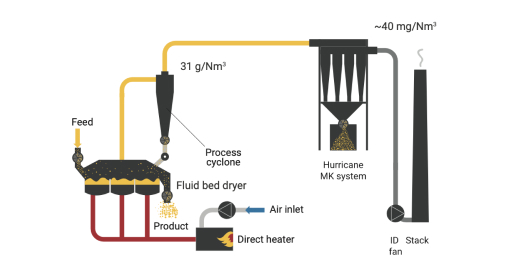
Fluidized bed dryers typically include a process cyclone and a final dedusting system (bag filter, ESP, wet scrubber, etc.). The function of the process cyclone is to separate dried products from exhaust gas. Some of the fine particles that escape to the final dedusting system can cause problems such as cross-contamination of products during raw material changeovers, and the need to clean filter bags, which frequently clog when handling high-moisture or sticky products, resulting in costly downtime. This is also the case for some organic compounds, such as sulfanilic acid. Waste management can also be an issue if the product cannot be recovered efficiently.
To address these challenges, direct, hygienic powder recovery using high-efficiency cyclones is a preferred solution for final dust removal. Unlike baghouses, electrostatic precipitators (ESPs), or wet scrubbers, cyclones are robust and easy to clean, minimizing the risk of product cross-contamination and reducing operating costs and downtime.
Fine powders below 5µm volume median diameter (MVD) can result in higher costs due to reduced cyclone collection efficiency. Additionally, highly efficient filtration systems are required to meet strict emission limits for a wide range of substances and comply with environmental regulations. When evaluating these final dedusting system options, it is important to consider the advantages, disadvantages, and both investment and operating costs.
Traditional cyclones and multi-cyclones
Problems
Low efficiency
Advantages
Low cost and easy cleaning
Quick product changeover
Disadvantages
Low particulate capture efficiency, preventing compliance with emission limits
Bag and ceramic filters
Problems
Operation and maintenance costs
Advantages
High efficiency (>99.9%), enabling compliance with a wide range of emission limits
Disadvantages
Temperature-sensitive
CIP-compatible units are expensive and require high maintenance costs
Cross-contamination of fibers and products can lead to sub-optimal product quality
Electrostatic precipitators (ESPs)
Problems
High investment costs
Advantages
High collection efficiency even for fine particles
Environmentally friendly, no filter waste
Disadvantages
High installation, construction, and maintenance costs
Risk of sparks and explosions due to power supply
Wet venturi scrubbers and WESPs
Problems
Secondary contamination
Advantages
Suitable for a variety of operating conditions
Disadvantages
Product cannot be recovered
Requires wastewater treatment facilities
The separation and recovery of powder products in the first stage of the manufacturing process requires the process cyclone to be as efficient as possible to capture first-class products. High-efficiency cyclones can also be used in final-stage dust removal systems to recover fine powders. ACS offers high-efficiency process cyclones that maximize yield. Depending on the required emission limits and particle size, ACS cyclones can be an alternative solution to other dust removal systems, maximizing the yield of the entire production line.
Alternative layout for fluidized bed dryers
In some fluidized bed dryers, the process gas is reheated and recycled to the bottom of the fluidized bed. In this case, fine particles must be removed from the process gas to avoid shutdowns due to powder clogging. In addition, the exhaust gas flowing from the fluidized bed to the stack must be properly purified to comply with emission limits.
In this alternative layout, ACS can also deploy a highly efficient process cyclone in the second stage of product recovery to maximize product recovery efficiency. In re-circulation lines, the process gas needs to be purified to avoid powder clogging at the bottom of the fluidized bed, which may lead to shutdowns. ESPs are commonly used in these lines. However, they have the disadvantage of high investment costs, as well as high operating and maintenance costs. Therefore, if emission limits can be met, it is advantageous to use high-efficiency cyclones in the second stage.
Spray dryers

Spray dryers are widely used in the powder manufacturing process for lithium hydroxide, rare metals, metal salts, plastics, polymers, ceramic powders, etc. Using a spray dryer allows for precise control of particle size and shape to achieve uniform granulation, thereby improving material properties. Spray dryers have various powder recovery methods depending on the process specifications. ACS can apply high-efficiency process cyclones for final dust removal to maximize product recovery efficiency, if emission limits and powder characteristics are met to be allowed.
Rotary dryers
For products that can withstand high temperatures and rotary motion, rotary dryers may be an ideal process. Applications include organic and inorganic fertilizers, pigments, resins, minerals, catalysts, metal compounds, etc. For standard rotary dryers, ACS may deploy highly efficient process cyclones for both product recovery and final dust removal, depending on emission limits and powder characteristics.
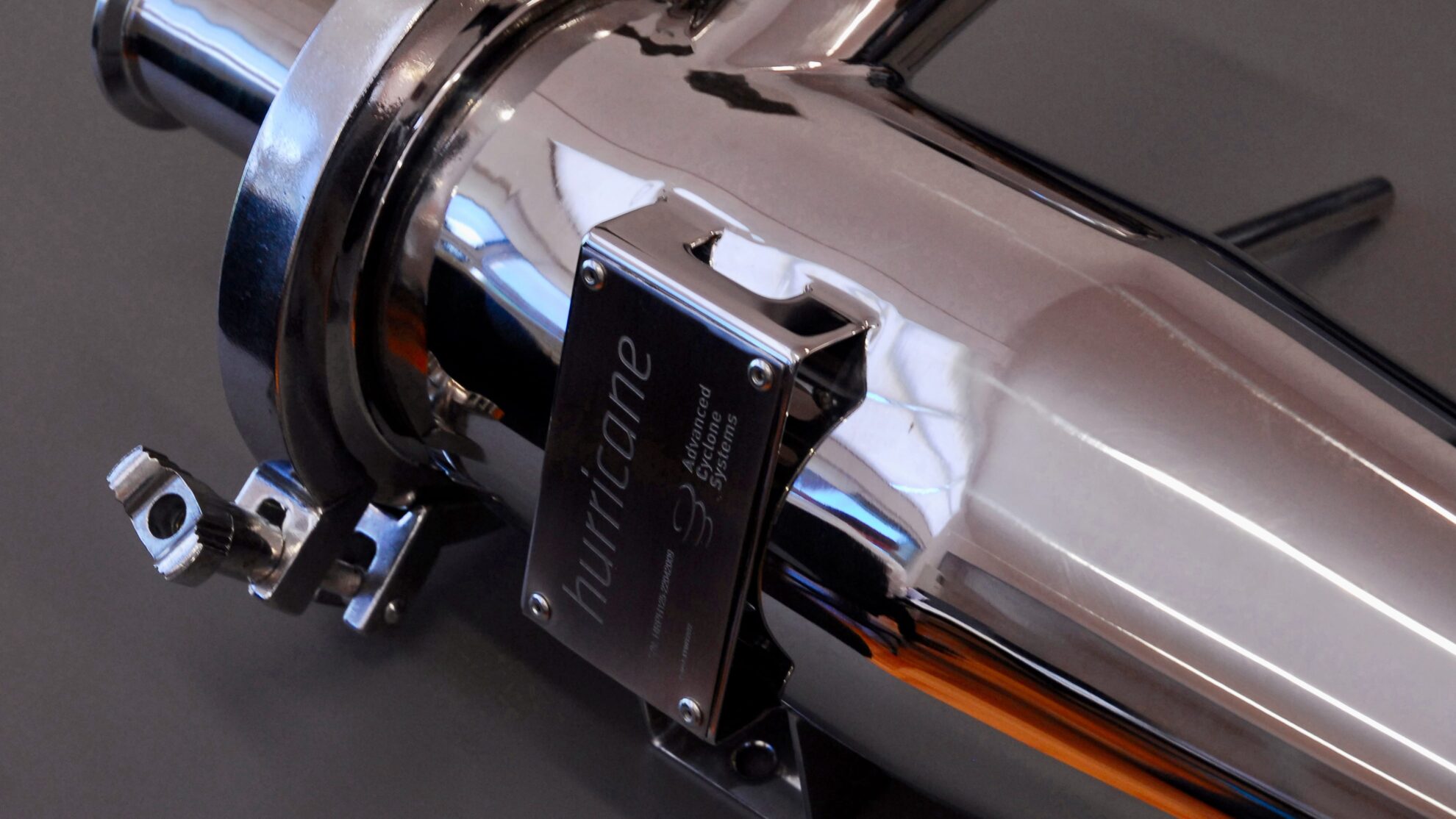


Advanced Cyclone Systems (ACS) is a company exclusively dedicated to the development and commercialization of high-efficiency cyclone systems that incorporates the PACyc (Particle Agglomeration in Cyclones) model into design optimization simulations. In 2023, we concluded an exclusive distributorship agreement in Japan territory. In addition to our range of spray dryers, spray coolers and freeze granulators, we also offer high-efficiency cyclones for powder recovery and emission control fields. ACS has fulfilled over 400 successful installations in 37 countries.
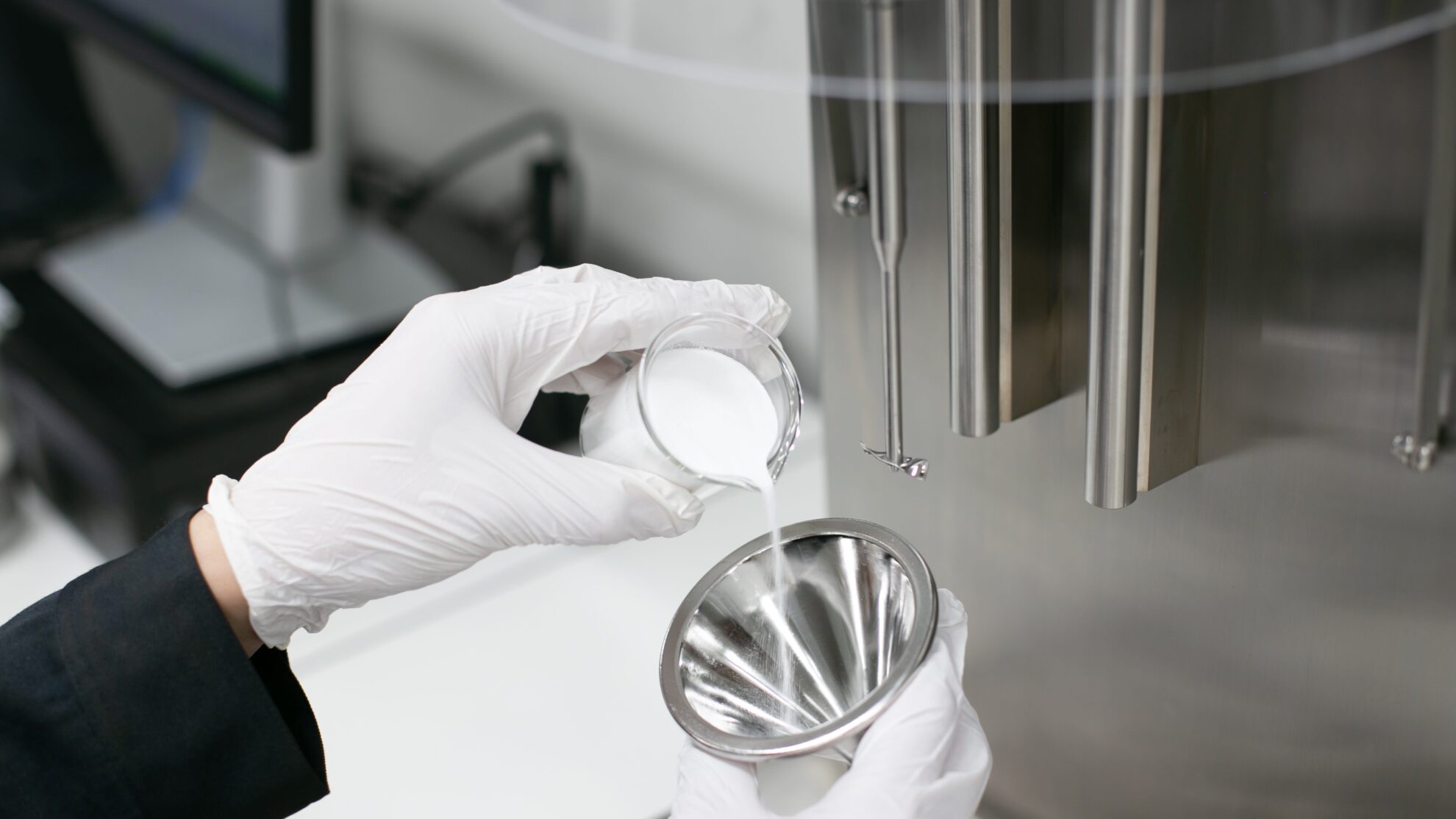
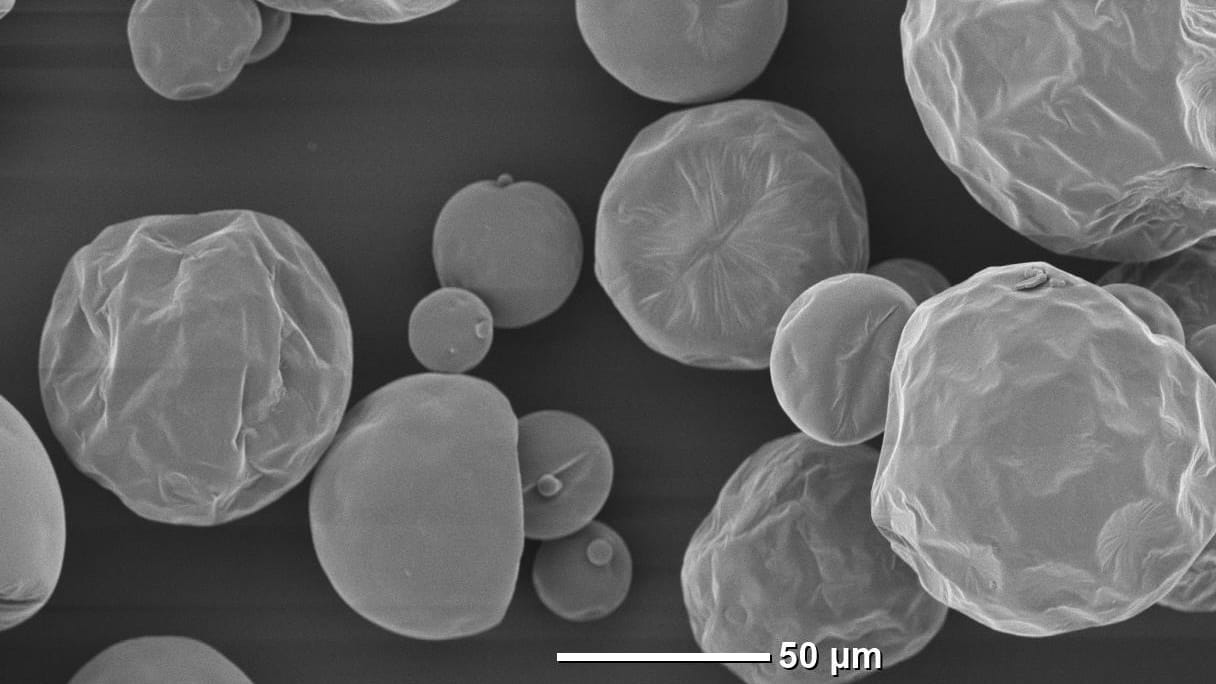
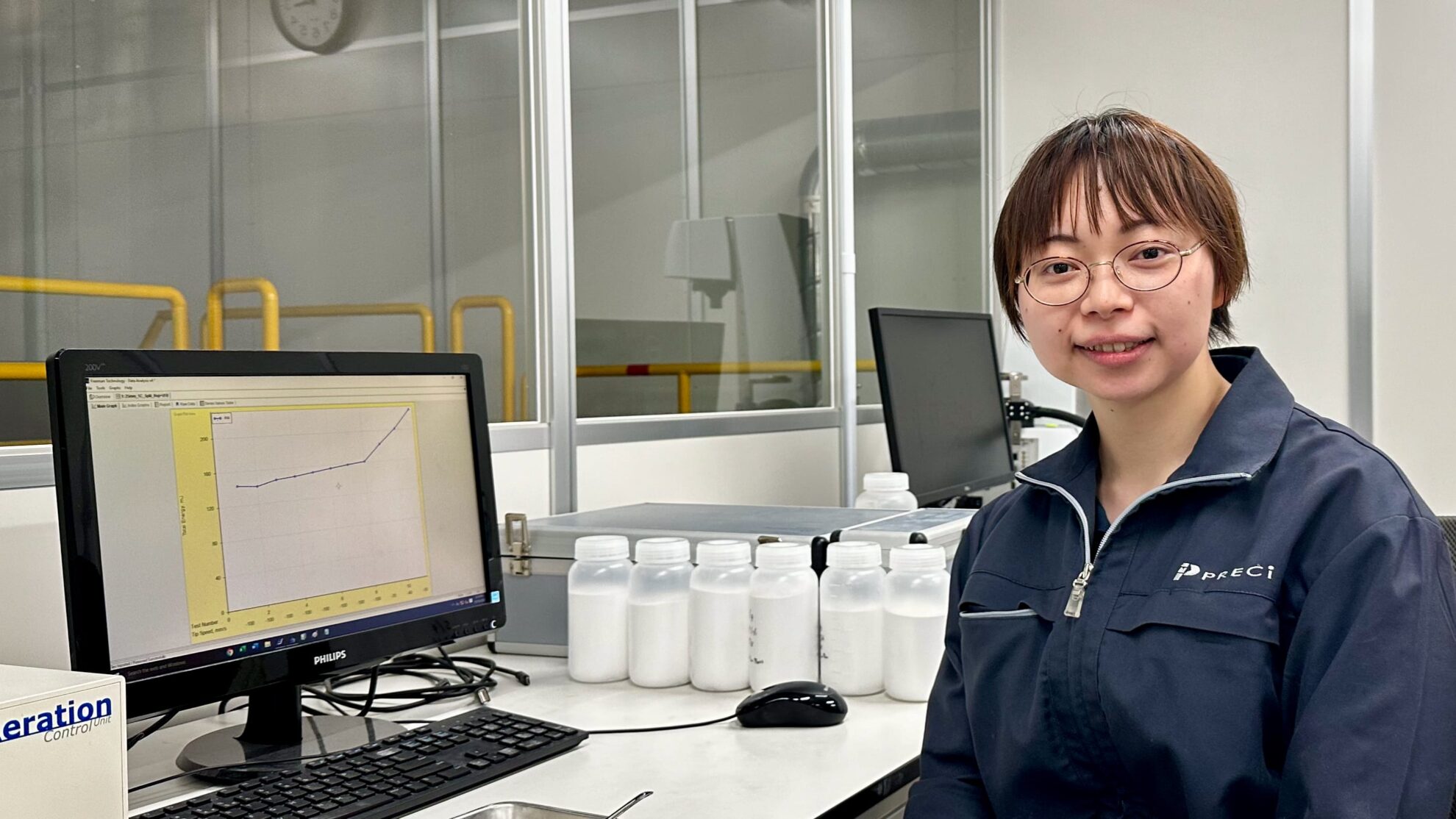
We handle spray dryers, spray coolers, and freeze granulators that use ACS cyclones. Drawing on our accumulated experience and track record, we design optimal processes that meet the required quality. In addition, we not only provide powder processing trials for spray drying, spray cooling, and freeze granulation, but also services that include pre- and post-powder processing, such as wet pulverizing, mixing, molding, sintering and freeze-drying. We operate a total of three locations: two Powder Technical Centers in Japan and ASEAN Powder Technical Center in Thailand. Our brand new Powder Technical Center 2 (PTC2), which was newly established in 2023, has one of the largest collections of analytical measurement equipment in Japan. We provide one-stop support for powder processing and analytical measurements (Powder Trials & Analytical Measurements/Contract Powder Processing).
*The contents such as photos shown in this article may differ from the actual projects and may be used as an images.


